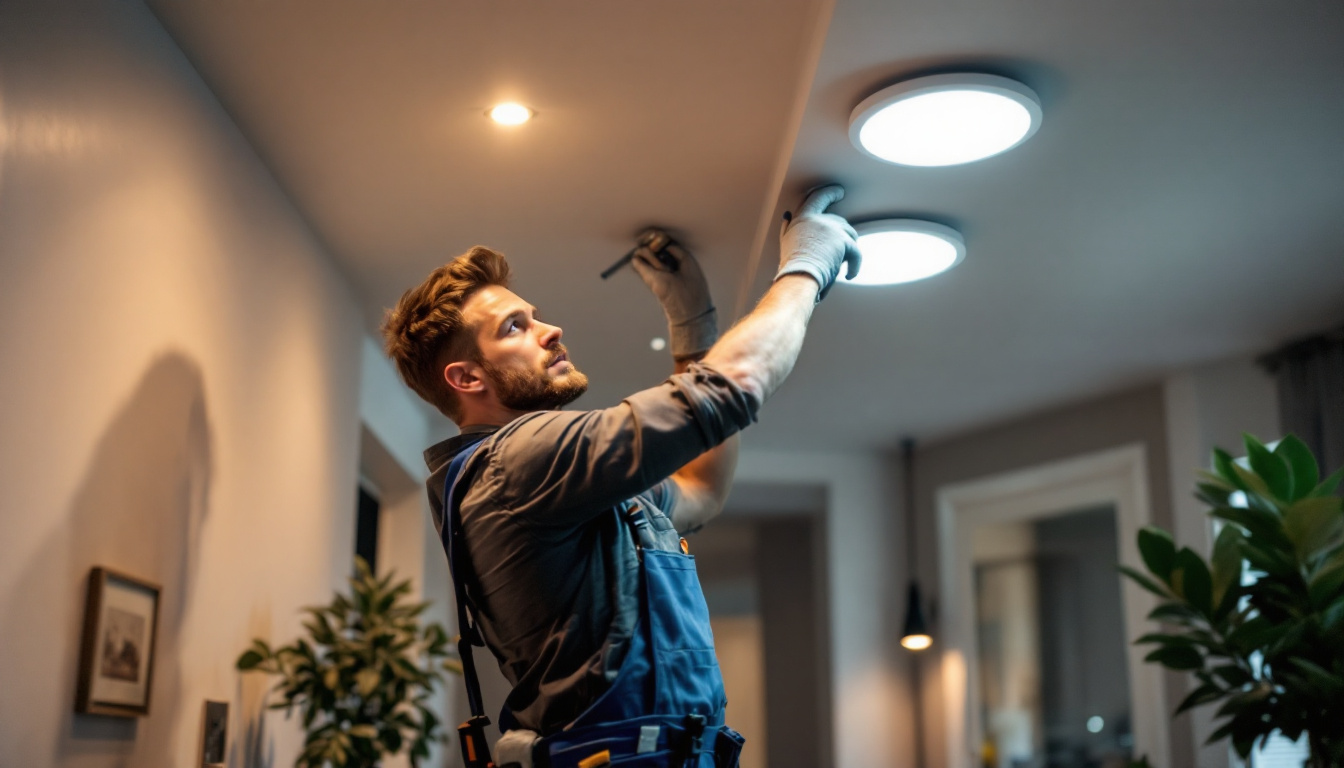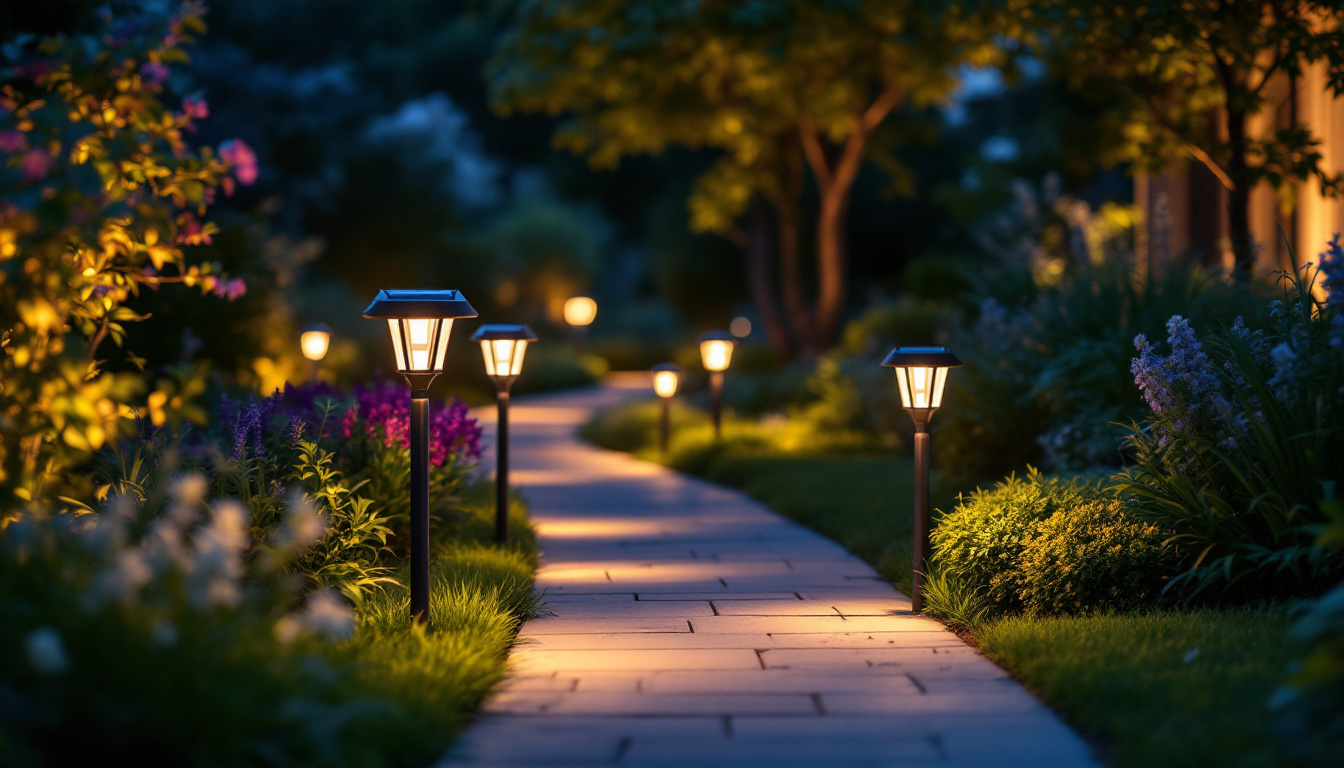
Recessed lighting, often referred to as can lighting, is a popular choice among homeowners and designers alike. Its sleek, unobtrusive design makes it a versatile option for various spaces, from living rooms to kitchens. However, for lighting contractors, understanding the intricacies of recessed lighting is crucial for successful installations and satisfied clients. This article aims to demystify recessed lighting, providing essential insights and practical tips for lighting contractors.
Recessed lighting fixtures are installed into the ceiling, creating a clean and modern look. They consist of a housing, trim, and bulb, and can be used for various purposes, such as task lighting, accent lighting, or general illumination. The appeal of recessed lighting lies in its ability to blend seamlessly into the architecture of a room, offering flexibility in design. This versatility makes it a popular choice for both residential and commercial spaces, where aesthetics and functionality are equally important.
In addition to their sleek appearance, recessed lights can also enhance the ambiance of a room. By strategically placing fixtures, homeowners can create a layered lighting effect, which adds warmth and depth to the environment. For instance, in a dining area, recessed lights can be combined with pendant fixtures to provide both general illumination and focused light over the table, creating an inviting atmosphere for meals and gatherings.
To effectively install recessed lighting, contractors must be familiar with its components. The primary elements include:
Understanding these components helps contractors make informed decisions during the selection and installation process, ensuring optimal performance and aesthetics. Furthermore, being knowledgeable about the latest advancements in lighting technology can enable contractors to provide clients with innovative solutions that enhance their living spaces.
There are several types of recessed lighting, each serving unique functions and applications. Familiarity with these types allows contractors to recommend the best options for their clients:
By understanding the different types of recessed lighting, contractors can tailor their recommendations to meet the specific needs of their clients. Additionally, they can educate clients on how to effectively layer different lighting types to create a balanced and functional lighting scheme that enhances both the beauty and usability of the space.
Installing recessed lighting requires careful planning and execution. Contractors must consider various factors to ensure a successful installation that meets safety standards and client expectations.
Before installation, contractors should assess the ceiling height and the location of ceiling joists. The height of the ceiling influences the spacing and type of recessed lights used. For example, higher ceilings may require more powerful bulbs or fixtures with adjustable trims to direct light effectively.
Additionally, knowing the location of joists is crucial for proper installation. Fixtures should be mounted between joists to avoid structural interference, and this may require the use of special tools or techniques for cutting into the ceiling.
Electrical requirements are a critical aspect of recessed lighting installation. Contractors must ensure that the existing electrical system can support the new fixtures. This includes checking the circuit’s capacity and ensuring that the wiring is up to code. Proper grounding and insulation are also essential to prevent overheating and potential fire hazards.
It is advisable to use LED bulbs whenever possible, as they consume less energy and have a longer lifespan compared to traditional incandescent bulbs. This not only benefits the client in terms of energy savings but also reduces the frequency of bulb replacements.
The placement and spacing of recessed lights significantly affect the overall lighting quality in a room. A common guideline is to space the fixtures approximately 4 to 6 feet apart, depending on the beam angle of the bulbs used. For task lighting, lights should be positioned directly above the work area to provide adequate illumination.
In open spaces, a staggered arrangement can create a more dynamic lighting effect, while in smaller rooms, fewer fixtures may be needed to avoid overwhelming the space. Contractors should also consider the room’s layout and the location of furniture to ensure even distribution of light.
In addition to technical aspects, design considerations play a vital role in the success of recessed lighting installations. Understanding the client’s vision and the overall aesthetic of the space is essential for achieving the desired outcome.
Choosing the right color temperature is crucial for creating the desired ambiance in a room. Recessed lights are available in various color temperatures, typically measured in Kelvin (K). Warmer tones (2700K-3000K) create a cozy atmosphere, while cooler tones (4000K-5000K) are more energizing and suitable for task-oriented spaces.
Contractors should also consider the brightness of the fixtures, measured in lumens. A well-lit space requires a balance between brightness and comfort, preventing harsh glare while ensuring adequate illumination for activities.
The trim style and finish of recessed lights can significantly impact the overall look of a room. Options range from sleek and modern to more decorative styles, allowing contractors to align their recommendations with the client’s design preferences. For instance, a baffle trim may be suitable for a contemporary space, while a decorative trim could enhance a more traditional setting.
Moreover, finishes such as white, black, or metallic can complement or contrast with the ceiling and surrounding decor. Thoughtful selection of trim styles and finishes contributes to the overall cohesiveness of the design.
While recessed lighting offers numerous benefits, contractors may encounter challenges during installation. Being prepared with solutions can ensure a smoother process and enhance client satisfaction.
One common challenge with recessed lighting is overheating, particularly with incandescent bulbs. This can lead to reduced lifespan and potential fire hazards. To mitigate this risk, contractors should recommend LED bulbs, which generate less heat and are more energy-efficient.
Additionally, ensuring proper insulation and ventilation around the fixtures can help prevent overheating. Using IC-rated housings allows for direct contact with insulation, reducing the risk of heat buildup.
Uneven lighting distribution can create dark spots or overly bright areas in a room, detracting from the overall aesthetic. To address this issue, contractors should carefully plan the placement and spacing of fixtures, taking into account the room’s layout and furniture placement.
Using adjustable trims can also help direct light where it is needed most, allowing for greater flexibility in achieving even illumination.
Clients may have misconceptions about recessed lighting, such as assuming that more fixtures always equate to better lighting. Educating clients on the importance of proper placement, spacing, and bulb selection can help manage expectations and lead to more satisfactory results.
Providing visual aids, such as diagrams or lighting simulations, can also assist clients in understanding the impact of their choices and the overall design vision.
Once installed, recessed lighting requires minimal maintenance, but contractors should inform clients about proper care to ensure longevity and optimal performance.
Dust and debris can accumulate on recessed lighting fixtures, affecting their brightness and appearance. Clients should be advised to clean the trims and bulbs regularly using a soft cloth or a duster. This simple maintenance task can significantly enhance the lighting quality in a space.
While LED bulbs have a long lifespan, they will eventually need replacement. Contractors should educate clients on how to safely replace bulbs and recommend keeping spare bulbs on hand for convenience. Providing information about the type of bulbs used in the fixtures will empower clients to make informed decisions when replacements are needed.
Encouraging clients to conduct periodic inspections of their recessed lighting can help identify potential issues early on. This includes checking for flickering lights, unusual sounds, or signs of overheating. Addressing these concerns promptly can prevent more significant problems down the line.
Recessed lighting offers a versatile and aesthetically pleasing option for illuminating various spaces. For lighting contractors, understanding the components, installation considerations, design elements, and maintenance requirements is essential for delivering successful projects. By demystifying recessed lighting, contractors can enhance their expertise and provide clients with informed recommendations that meet their unique needs.
With the right knowledge and skills, lighting contractors can transform spaces with recessed lighting, creating beautiful and functional environments that clients will love for years to come.
Ready to elevate your lighting installations with the finest selection of recessed lighting products? At LumenWholesale, we provide lighting contractors like you with spec-grade lighting solutions that promise quality and value. Say goodbye to local distributor markups and hello to our extensive range of high-performance lighting, all at unbeatable wholesale prices. Plus, with the convenience of free shipping on bulk orders, you can stock up on premium lighting essentials without the worry of hidden fees. Discover wholesale lighting at the best value today and light up your projects with confidence and affordability.

Discover how lighting contractors can revolutionize their projects with solar-powered double-sided LED business signs.

Discover how replacing fluorescent bulbs with LEDs is transforming lighting contractors’ projects.

Discover how AC electronics are revolutionizing lighting design, offering enhanced efficiency and creativity.

Discover the hidden aspects of solar path lights that even seasoned lighting contractors might miss.